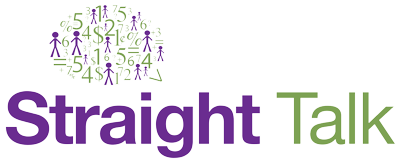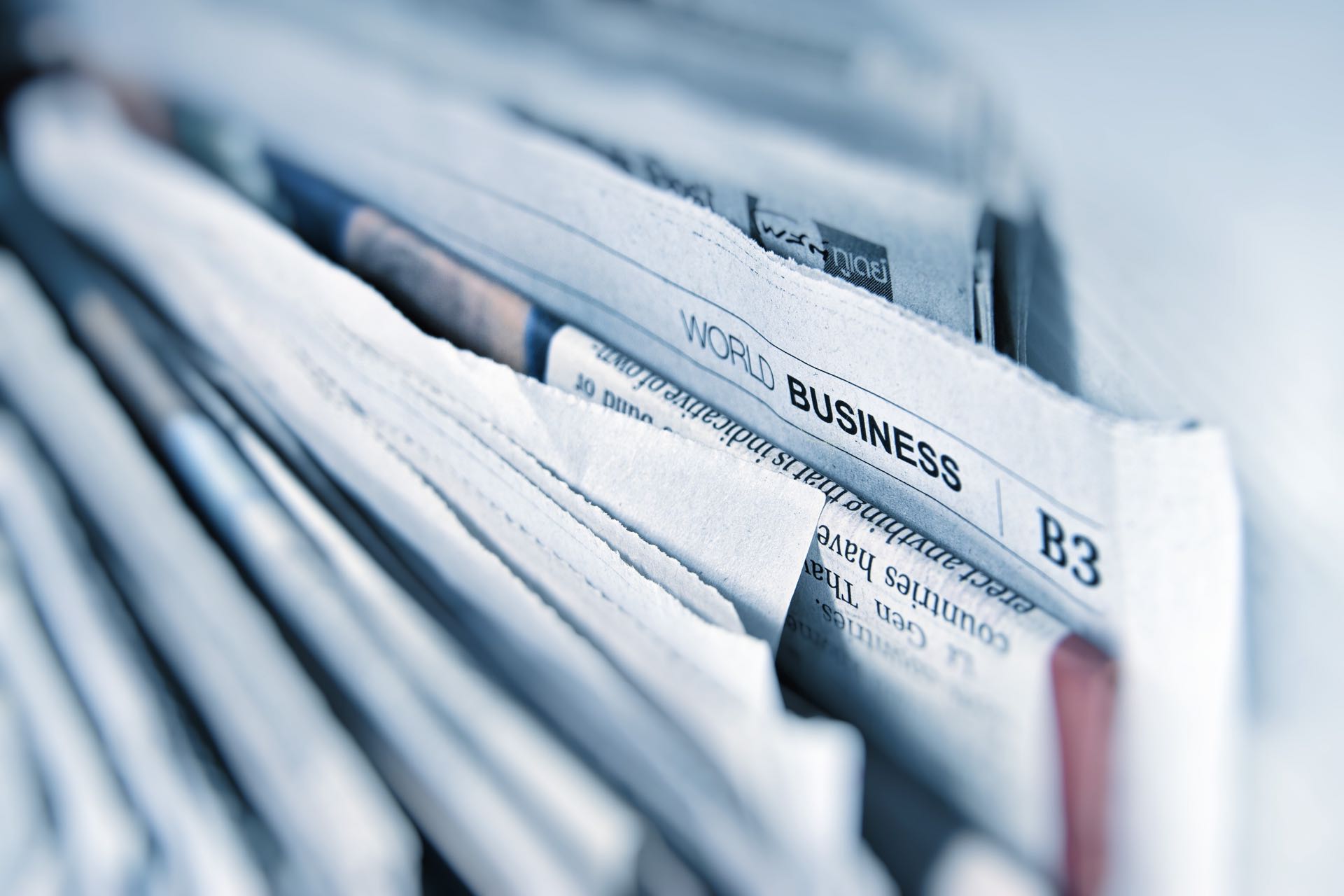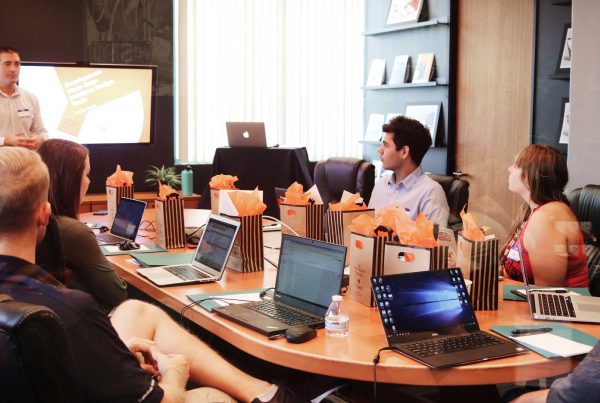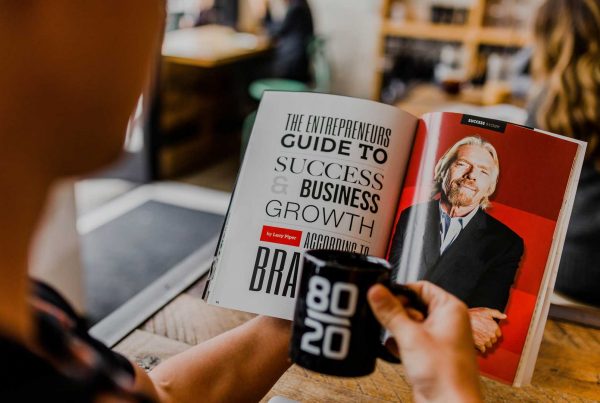 Think about how you read the daily newspaper. If you’re like most people, you read by using a “headline search.”
Think about how you read the daily newspaper. If you’re like most people, you read by using a “headline search.”
That is, you peruse or scan through the paper reading only the headlines, and if one happens to catch your interest, you may read the accompanying article. The sole purpose of a headline is to catch the reader’s interest and create a desire for them to read further. That is why headlines are printed in large, bold type.
Good headlines are designed to reach out and grab the reader by the eyeballs and say, in effect, “Hey, stop turning the pages and look what I’ve got to say to you!” The best place to see good headlines is in the newspaper. The absolute worst place is in the Yellow Pages of your telephone book.
Just open up your copy of the Yellow Pages and see what I mean. Look at some of the full and half-page ads under the heading “Insurance,” for instance. See if any of the headlines compel you to read further or to want to find out more. Here are a few of the headlines I found in the insurance section of my Yellow Pages:
“Automobile Insurance” – Really? I’m in the insurance section of the book. I would hope you sold auto insurance.
“Better Things To Do Than Shop For Insurance?” – Answer? Of course I do. And I have better things to do than answer your dumb questions, or to read your insulting ad any further.
“Instant Computer Quotes” – So what? Any one of a number of the other companies listed can do the same thing. Why should I call you or read any further?
None of these headlines get me excited enough to read any further. So guess what? I won’t! And, if I won’t… a lot of other people won’t, either.
This example isn’t only limited to insurance companies, either. In every category in the phone book, you can find similar examples. Take a look at your local newspaper. Have you ever seen an article with a headline like this?:
“Written by Tammy Smith”
I don’t think so. The name of the writer is no more compelling than the name of the business in our Yellow Pages examples. Instead, you’ll find articles with catchy headlines like:
“Teeth Lead To Man In Money Con”
“Boy, 10, Recovering From Dog Attack”
“Holdens To Cut 5,000 Local Jobs”
These kinds of headlines are written to get your attention… to interrupt you… to get you to stop and read further. Notice that there’s no mention of anyone’s name and no insulting or silly questions… just interest-generating copy designed to do a job. One job. To get your attention. And they do it very effectively.
People use headlines to help them decide what they’re going to read. So help them out.
Now, let’s create an example. Suppose you own a computer store and want to run an ad to sell your computers. Which of the next two headlines would pull the largest readership?
“City Computers” Or “How To Sit At Home And Make $1200 A Week With Your Computer… Even If You Don’t Know How To Use It!”
There’s no question. The second ad would win hands down. It says something to the reader. It captures their attention. It addresses a situation that they can relate to. It tells them boldly, that they can stay home, not fight the traffic, not buy expensive work clothes, not pay for dry cleaning, save on car expenses, and make good money… and they don’t even have to know how to use a computer.
It even suggests that you don’t even have to presently own a computer, but if you were to buy one, you could earn this type of money. But, as a computer store owner, how would you fulfill that promise? Actually, that’s a subject in itself that we could go into great depth on, but here’s a brief answer: For one thing, you could offer a free training manual or video to everyone who buys a computer as a result of this ad. But that’s not the point here. What’s important is which ad was most effective?
Take a trip back to the Yellow Pages and see how many ads have headlines like the first one above. (No wonder so many businesses are in trouble today.) Your headlines should offer your prospects and customers the biggest benefit your product or service can provide. If you can’t get their interest with the biggest benefit you offer, you’ll not get them with anything less.
Headlines don’t only have to be limited to print ads, either. You can effectively use headlines in your sales letters, your telemarketing efforts and your personal greetings when a customer is in your place of business. It’s the way you phrase your opening statement that determines whether or not they have an interest in what you offer.
How’s this for a verbal headline? “Hi, may I help you?”
Have you ever heard that before? Have you ever used it? Of course you have. And you know the exact response, right?
“No, I’m just looking.” Not a very effective way of getting a prospect’s attention, is it? No wonder (again) why so many businesses are having trouble.
Why not take the time to construct an effective opening headline, not only for your printed materials, but for your verbal presentations as well. Some advertising experts estimate that five to six times as many people read the headlines as do the body copy in an ad. That may be true, but if the readers are busy people… people on the go, those figures are most likely on the very low side.
The right headline can make or break an ad. If the headline doesn’t get the reader’s attention (and do it in just a couple of seconds), and instill in him a desire to read the rest of the ad or promotion, the headline has not done its job. It’s failed.
Headlines are so important to the success of an ad that you should spend whatever time it takes to create attention-getting and interest-building headlines that appeal to the reader or viewer’s emotions. It’s not uncommon for professional copywriters to write over 100 headlines in order to come up with one or two good ones. And testing is one way (probably the best way) to determine which headlines work the best. Sometimes, changing just one word in a headline can improve its pulling power by several hundred-fold.
If you need examples, some of the best and most effective headlines can be found in tabloid publications like The National Enquirer, The Globe and The Sun, or on magazines like Cosmopolitan or Reader’s Digest. In many cases, just a four or five word headline describes what’s in the entire article. And, it’s the headlines that spark an interest and make you want to buy the publication and get into the articles to find out more. That’s what effective headlines are supposed to do.
Other great headline examples are the article titles on the fronts of magazines. This “teaser” copy is what makes people pick up magazines while waiting in check-out lines, and is responsible in large part for what sells magazines.
If you’ve ever wondered how important these titles or headlines are, just compare the covers of a Reader’s Digest that comes to your home by subscription with the same issue that’s sold on the newsstand. The home delivered issue is already sold, so the headlines are more subdued, not so bold, and often refer to completely different stories or articles inside.
On the other hand, the newsstand version is competing with every other magazine on the rack, including the tabloids with their often outlandish and boisterous headlines. Whatever you do, don’t let any of your advertising pieces go out without an attention-grabbing headline. An effective headline can make all the difference in the world to the success of your marketing efforts.
We have identified 20 Marketing Mistakes That Can Be Fatal To Your Business And How To Keep Them From Crippling You.
This is just one, If you would like the rest email us at results@straigttalk.com.au to with “20 Mistakes” in the subject line and we will have them sent out to you.





